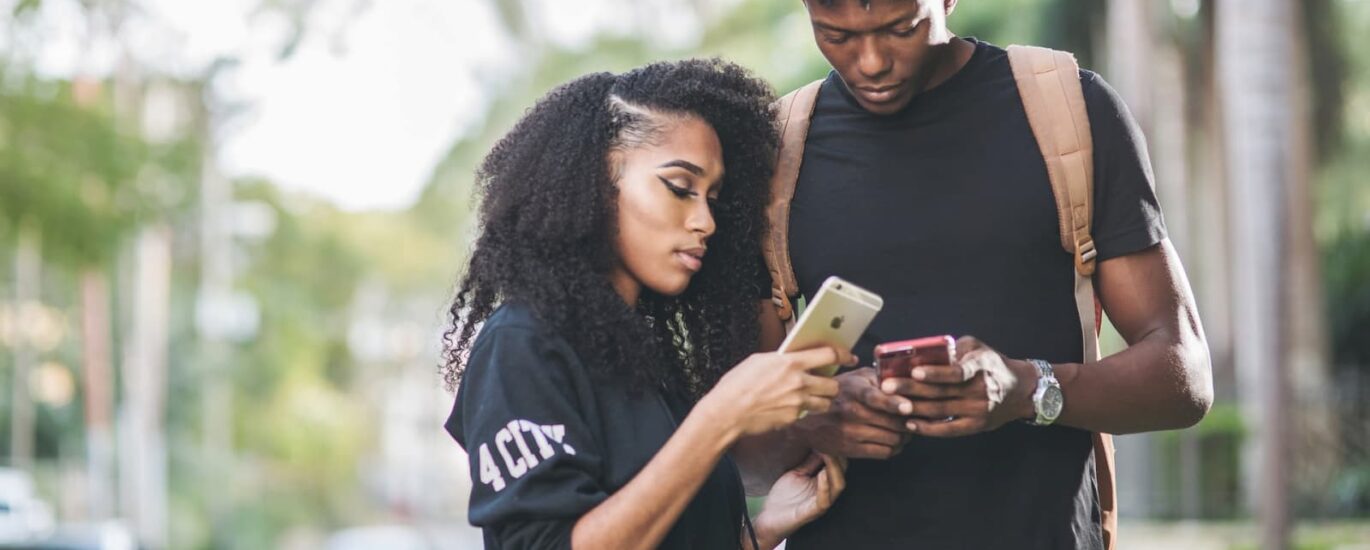Online dating apps claim that finding an appropriate partner has become very easy in our time. There are numerous dating websites and thousands of people looking for their soulmates every day. Surprisingly, many people indeed find their love in this sea of possibilities.
But how does this magic happen? Say, there is some Ms. X who is eager to meet single men on a dating website. How can the logic behind the app help her create a couple? Is it entirely her choice or is she actually losing some potential opportunities because of the app logic?
Let’s have a look at the algorithms that in fact influence our choice of a date.
How do apps get their data?
Before we get down to how dating apps find matches, it makes sense to have a look at how apps actually get data for analysis. Let’s return to our example. So, before she can find and meet single men, Ms. X usually has to provide some data about herself. The welcome questionnaire is the first and the most obvious source of information about you. Most often you are asked to provide preferences and some of your personal information. Yet, the info you give is not the only way for the app to understand you. Ms. X can also add links to social media accounts trying to tell more about herself. After that, some dating apps can indeed monitor how she interacts with links and posts and complete her profile with new data.
Finally, apps can get some ideas of what Ms. X likes and dislikes by analyzing her behavior in the dating app itself. After she specifies that she wants to meet single men, she clicks photos. Her actions in the dating app are taken into account. Answers to feedback questions, such as “Do you like our recommendations?”, matter as well.
How do matching algorithms work?
Of course, no successful dating website will ever tell you how their matching algorithm works because this secret is the guarantee that they can compete in the future. However, we can somehow understand the basic principles that lie behind smart match-making.
You share, the app finds you an equal
Some algorithms base their predictions on the match points. If we get back to Ms. X. At the start, she fills in a questionnaire, and then the app compares her answers with the answers of men and gives match points for every overlap. For every disagreement, the app takes the points back. As a result, Ms. X can meet single men with the highest match scores. This algorithm is pretty obvious and working. In the end, the more common interests you have with a potential partner, the higher the chances that you will like one another.
You choose and the app analyzes
Of course, your opinion matters a lot. The algorithm usually checks and finds logic in your choices. Sometimes the app can spot the preferences that you are not aware of yourself. For example, Ms. X can think that she just wants to meet single men, but in reality prefers particular partners, say, with a college degree or without it, tall or short, brunette or blonde, or men without bad habits.
The more you like people with particular traits, the more such profiles you will see. To make suggestions even more relevant (especially, in the beginning when the app knows nothing about you), many dating apps rely on collaborative filtering.
Collaborative filtering helps you choose
Even if you haven’t used dating apps before, you definitely encountered collaborative filtering as it powers such apps as Facebook, Twitter, Netflix, and Amazon to recommend what might be indeed interesting for you. Сollaborative filtering comes up with recommendations based on your preferences and the decisions of the majority.
The algorithm doesn’t understand how particular items relate when it suggests “you might also like” books and goods. Equally, an algorithm can’t understand your preferences for men and women on a dating site. But it can check the likes and dislikes of other people who behave in a similar way to yours (read, like the same profiles or photos as you do).
In reality, it means that people who registered earlier can somehow influence the way the algorithm works and hence the profiles that you will eventually see.
For example, Ms. X in her attempts to meet single men liked the same guy as you did, then, for some reason, she disliked another man of a particular nationality. The algorithm can decide that you also don’t want to match with the second man and other people of his nationality and will suggest fewer or even no matches like this. You can check Monstermatch, a fake dating game, to get more understanding of how such algorithms work.
Is collaborative filtering good or evil?
On the one hand, you indeed get better suggestions and more matches from the start, because human interests indeed coincide very often.
On the other hand, this better compatibility with some users, in the end, leads to unintentional “discrimination” of particular groups of people. And you lose the diversity that you could explore if you were given a chance. In addition, the algorithm doesn’t consider that your preferences can change with time. It will take time to teach the app again what you like.
Conclusion
Apps with browsing-based matching are losing their positions to Yes/No apps powered by collaborative filtering. The latter is more convenient and provides more options to build a neat design. How to deal with discrimination in this case? As an answer to this problem, many owners of dating apps divide their users by their nationality, race, religion, sexual orientation, etc., and provide particular apps for users of each category. Such a strategy allows providers to overcome the underrating of particular people and at the same time benefit from a smart matching strategy.







